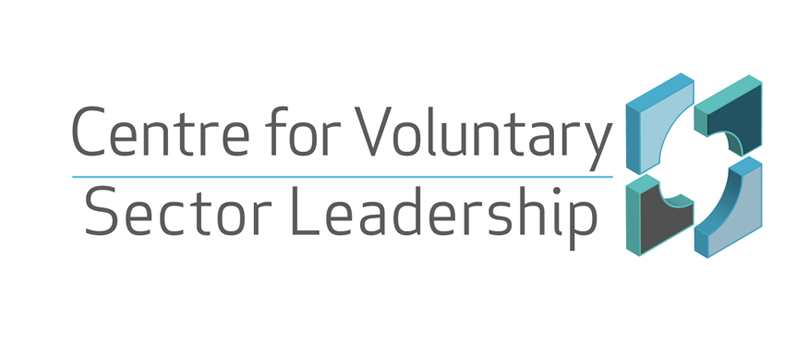3 Defining identity
Neither one of these identities presented above can be regarded as Ellen’s complete identity. Her identity is a combination of all of them and no doubt more. Identity was defined earlier as something that is built for us. Some people may choose to view Ellen very clearly as a rigid local government manager, for example. But identity is also something we can influence and shape as we go along – we can defy the way others position us through our practice.
How we position ourselves in identity terms is a gateway to how we think of and practice leadership: it shapes us and our practice.
This is not to say that Ellen’s discretion to establish her own identity is removed in advance. To suggest this would be the equivalent of saying that she is a prisoner of the different forces and people around her. Yet not to acknowledge the huge amount of social and political pressure that exists in shaping us as people is also naïve.
We are heavily influenced by the norms of those who bring us up – parents, siblings, close friends and those who educate us. As we get older, we develop our own tastes, passions and interests. Not many of us invent these options but instead we draw on a range of choices that pre-exist us: we choose to identify as committed to a certain political or religious identity; we learn to name certain sexual feelings we have one thing or another; we seek out people with similar leisure interests as ours.
Likewise, we are taught to relate to certain ways of thinking about leadership in relation to our identities. Either thinking of ourselves as natural born leaders, as good, obedient followers or as something much more collaborative. How we think of leadership is closely tied to how we position ourselves and how others position us.
Yet we can also break these restrictions and challenge the norms given to us by others. People challenge and influence their religious affiliations, for example: to change their perspectives on LGBT issues. People challenge their traditional gender roles: for example, women winning the right to vote, and now demanding equal treatment at work and in society.
2 Leadership and identity

